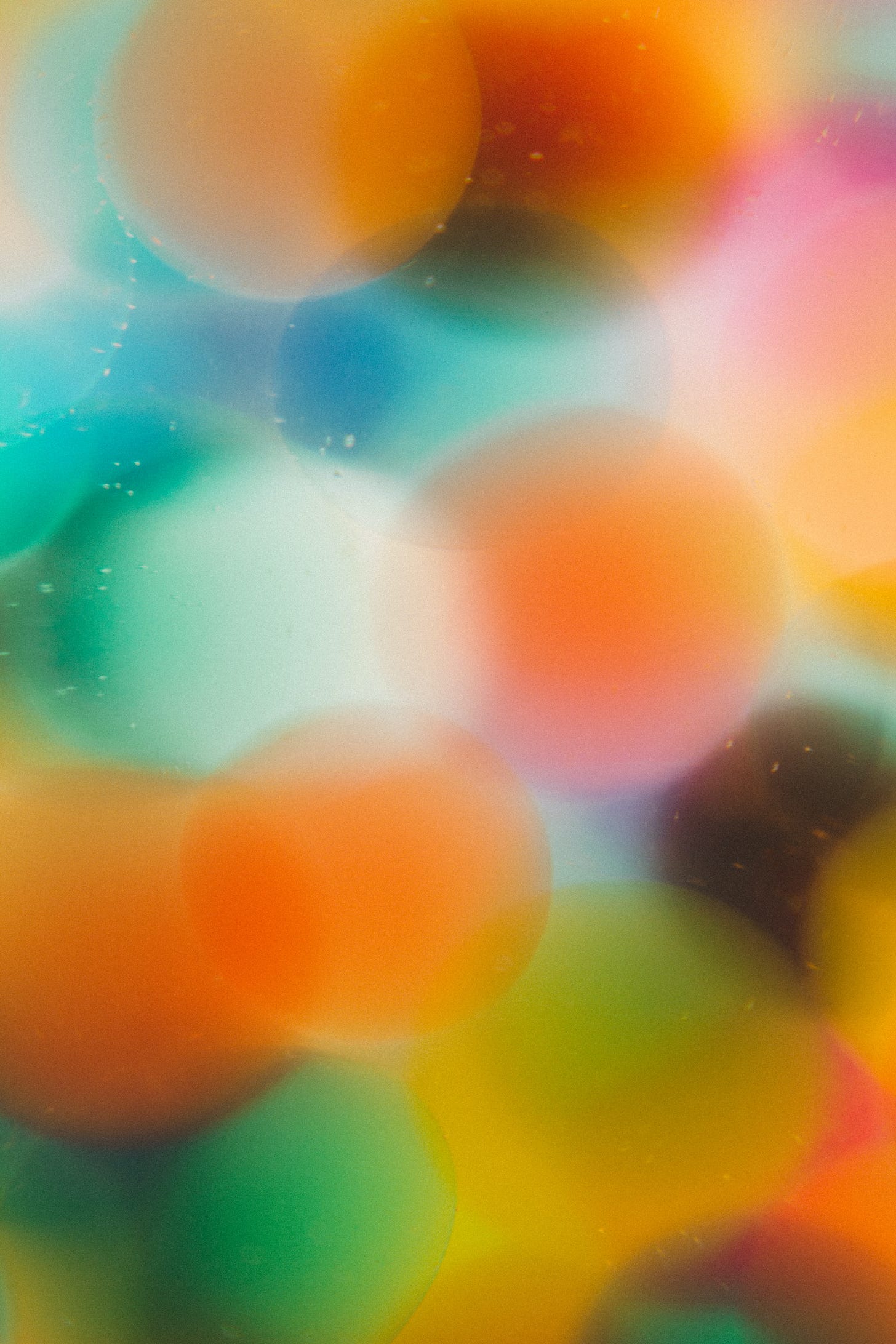If I had a penny for every time I heard that creativity could not be defined, I would have much more than a collection of pennies. Creativity can be defined. The standard definition says that creativity is something that is in the same time original and appropriate or effective. ‘Something’ is a catch all, of course. Most often, we think of creativity as original and effective ideas. Here, I argue that instead of the emphasis on ideas, we should put it on decisions to act on them.
Creativity that makes a difference in individual lives and society at large goes beyond thinking. Ludwig van Beethoven didn’t only come up with ideas for tunes; he also wrote nine symphonies. Agatha Christie didn’t just have an idea for stories about an eccentric Belgian detective; she painstakingly worked on each of 33 Poirot novels.
Scientists tend to think that there isn’t anything more practical than a good theory. So let me take you on a tour of the theoretical definition of what creativity as decision and action is and how we should study it using the example of the role of emotions and emotional intelligence in creativity.
Creativity Affects How People Relate to Themselves, Others, and the World
Creativity changes the individual and contributes to their well-being. For instance, creativity in how people deal with challenging emotional situations can make them more successful in addressing these challenges. An adolescent who responds to a school dance being canceled by organizing a protest or organizing a dance in a park is more likely to manage their frustration and disappointment successfully than someone who responds by letting off steam by punching a bag. Similarly, everyday creative activities predict personal growth, a component of psychological well-being.
Creative activity also changes the world. We can easily think of examples of how the world was changed by great works of art (such as the introduction of perspective in Renaissance art!) or science (penicillin!). Perhaps less obviously, creativity also changes the world through social movements that change society itself. This creativity can pull in previously excluded people, like social movements aiming to create greater equity in education and the workplace).
We Need to Learn From Both Qualitative and Quantitative Studies
A recent study at the Yale Center for Emotional Intelligence shows different lessons from quantitative vs. qualitative methods. We surveyed artists—painters, sculptors, photographers, creative writers, musicians, and choreographers—and asked them about their emotions in the creative process. Artists rated positive emotions of interest, curiosity, love, and happiness as the most common in their work.
However, when we asked them to describe emotions relevant to their work in their own words, a more complex picture emerged. A photographer, for instance, mentioned grief, sorrow, fear, sadness, horror, anger, hope, and remembrance, and a choreographer described anger, frustration, hope, and strength as driving their work. Such qualitative descriptions provide vivid pictures of lived creativity .
Creativity is Relational
Creativity does not happen in a social vacuum. We found that emotional intelligence is not related to standard tests of creative thinking. In other words, being able to accurately perceive emotions, understand causes and consequences of emotions, and manage emotions does not predict creativity of ideas on tasks asking for different uses for a brick or a tin can. This makes sense—being more effective in thinking about emotions does not help on tasks devoid of emotion and outside of any social context.
However, in everyday life, most problems are not free of emotion, and creativity is expressed in the social context. When we study creativity in everyday life, emotional intelligence abilities to successfully manage emotions are relevant. In one study, we defined creativity in a relational way—as observed in behavior by those in one’s immediate environment. We asked high school students who their most creative peers were, and we also asked their teachers to pick students who were most persistent and passionate about their interests. The study showed that students’ ability to manage emotions predicted their persistence and passion, which in turn was related to observed creativity. This was the strongest among students who were predisposed for creativity.
Creativity Includes Psychological, Behavioral, and Cultural Factors
It comes naturally to think of creativity as a psychological phenomenon—it involves thinking, personality, motivation, and emotion. We know that creators tend to be open to new experiences (they are curious, flexible, imaginative), that they tend to be motivated by enjoyment and challenge in what they do (intrinsic motivation), and that they can think broadly to search for ideas, as well as narrow those ideas down to successfully pick the best ones.
Creativity without action stays in the realm of imagination and dreams. Actions bring ideas to life as performances (telling a story at an open-mic event) or products (writing a scientific paper, building an app to monitor our daily emotions). Successful creative action will depend on how we regulate the many ups and downs of the creative process.
Finally, creativity is cultural and bound by history. I recently returned from a conference organized by the Marconi Institute of Creativity. When Guglielmo Marconi made his first wireless transmission in the late 19th century, this was the cutting edge technology. Today, the cutting edge technologies pertain to AI. In the United States, we tend to celebrate disruptive creativity, but that is not a universal ideal. In Japan, for instance, systematic incremental improvements are valued instead of disruptive creativity.
To understand creativity, we need to learn about psychological, behavioral, and cultural factors that affect the process from approaching problems to generating ideas, selecting ideas, and maintaining effort towards realizing ideas.






Yes! Beautifully said. And thank you for the adolescent example!
Loved this! Such a powerful reminder that creativity isn’t just about generating ideas... it’s about action, emotion, and follow-through. I wrote about something related recently, reflecting on how chasing questions and curiosity can lead us toward meaningful execution.